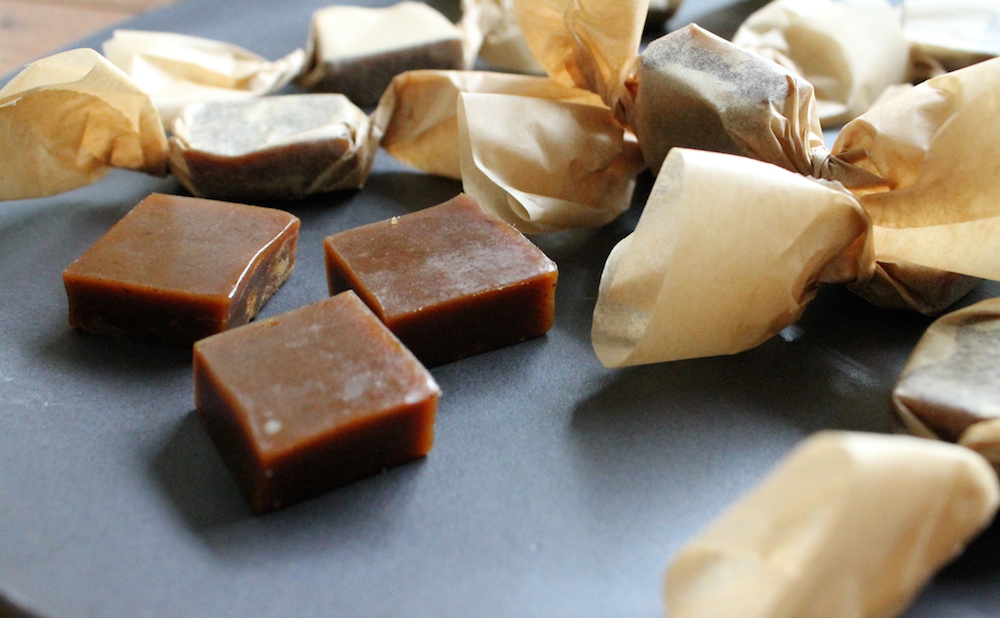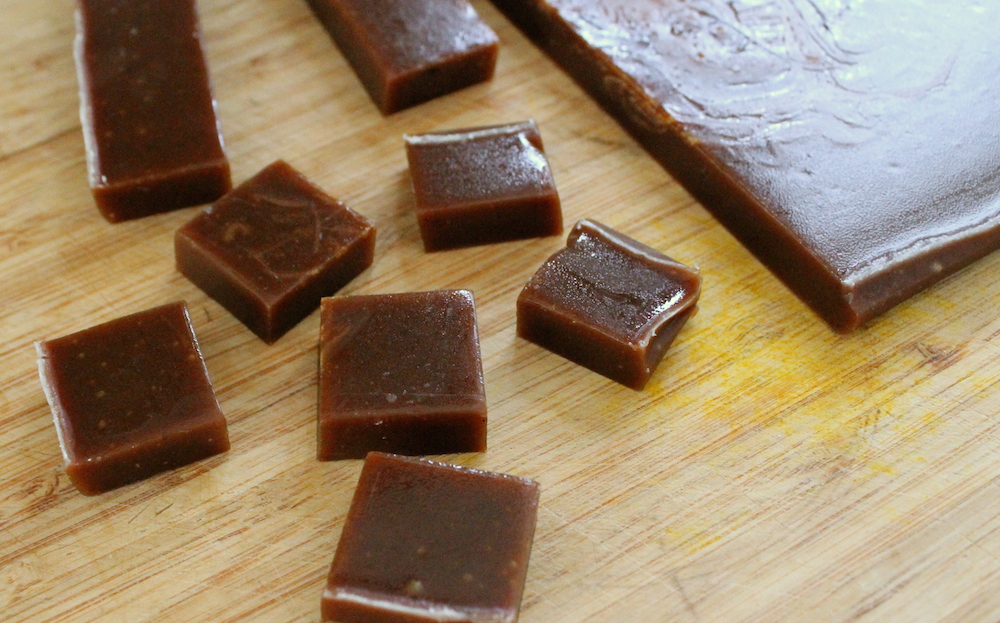
After Thanksgiving dinner is over, it is nice to send guests home with a little treat that’s not leftover turkey or a mason jar of mushroom gravy. Homemade pumpkin caramels make great bite-sized party favors that truly shine with the flavors of fall. They may sound like a lot of work, but these miniature candies are not terribly difficult once you get the hang of boiling sugar. Plus their layers of rich pumpkin and sweet maple flavor means that a little treat goes a long way.
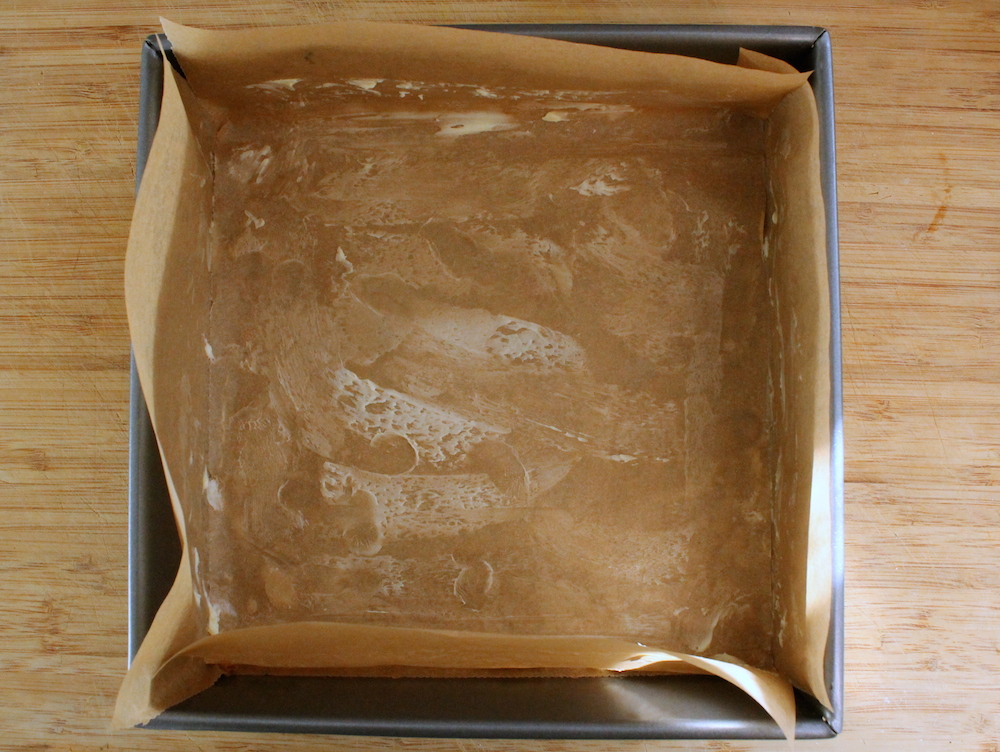
The first thing to do before even stepping near the stove is to prepare your pan. Once your caramel mixture has reached the optimal temperature, you’ll want to dump it straight into the pan, so you need to be ready. Line an 8-inch square baking pan with two overlapping piece of parchment paper (or aluminum foil). Make sure the paper sticks up over the top of the pan; you’ll use the excess as handles for pulling out the set caramels. Lightly grease the parchment with softened butter for extra non-stick insurance.
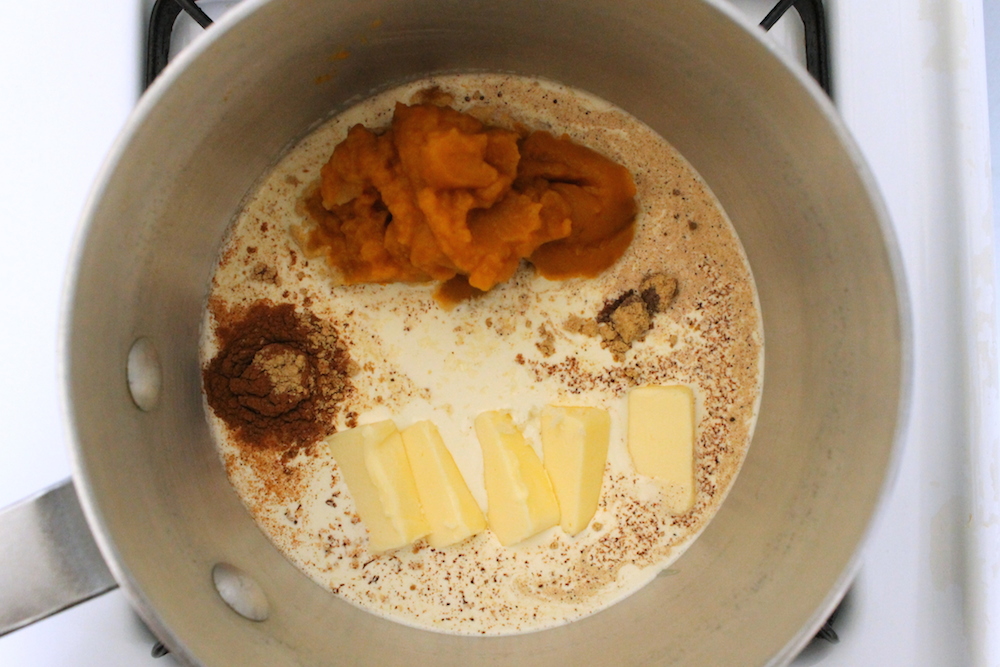
Next, prepare the pumpkin mixture. Caramels get their soft texture from a substantial amount of cream and butter. In these caramels, I’ve cut back a bit on the cream and replaced it with canned pumpkin puree. (You can use puree made from fresh pumpkins, but you’ll need to cook it down to evaporate much of its water content.) Along with the cream, butter, and pumpkin, I add fall flavor with a homemade pumpkin spice mix: cinnamon, ginger, nutmeg, allspice, clove, and a hefty pinch of flaked sea salt. Combine all of these ingredients in a small saucepan and bring to a simmer to melt the butter. Stir gently to combine the cream and pumpkin. Once the butter is melted, remove the saucepan from the heat and cover it to keep the mixture warm.
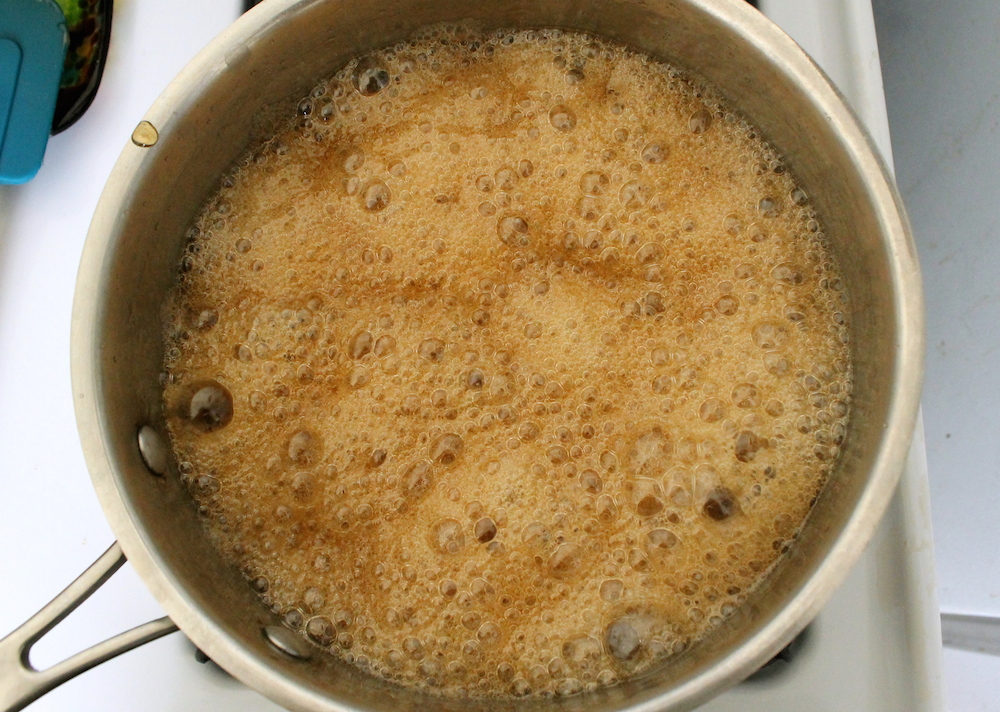
Now it’s sugar time. Traditionally, caramels are made with a mixture of corn syrup and granulated sugar. Here, I’ve replaced the corn syrup with earthy maple syrup, which complements the pumpkin. The biggest trick when melting the sugar is to keep it from crystallizing on the sides of the pot. To help prevent crystals from forming, pour the sugar into a tall mound in the middle of the liquid syrup. As the sugar melts, it will fall into the maple syrup, but once its dissolved, it will cause fewer problems. Heat the sugars over medium high heat and let the mixture come to a boil. Don’t stir yet! If it seems like the sugar needs a little encouragement in order to dissolve, swirl the pot gently to mix.
As you cook off the water from the sugars, you’ll notice the bubbles changing. At first they will be small and vigorous; over time, they will grow in width, but will appear stickier. Keep a watchful eye on the pot as the mixture will expand rapidly and may overflow out of the saucepan. Use the tallest pot you’ve got to prevent it. If the mixture still looks like it will boil over, carefully remove the pot from the heat and gently swirl the mixture until the bubbles subside.
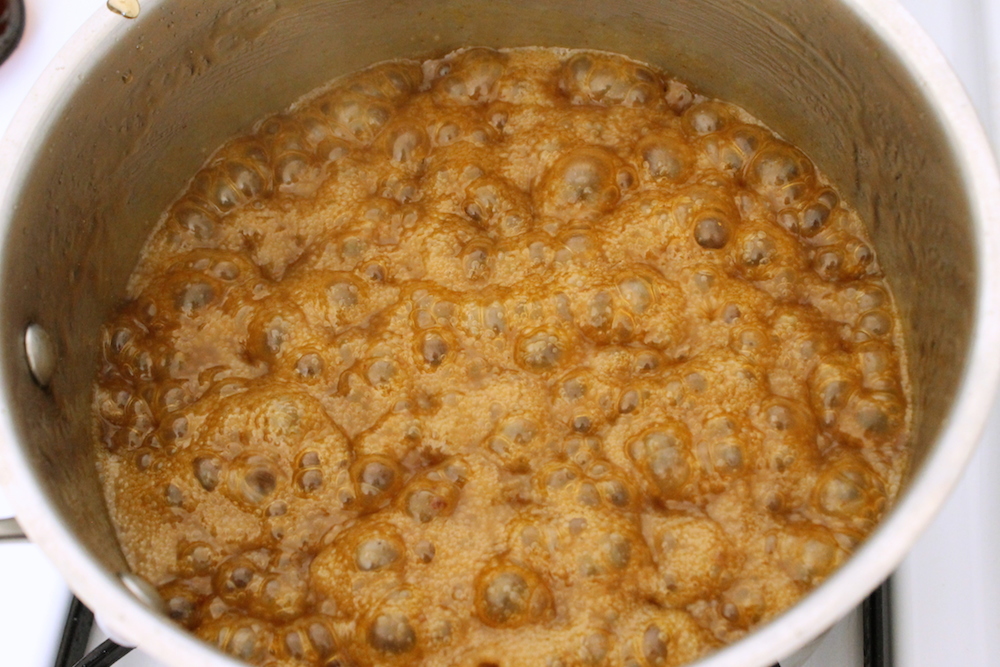
While the sugar mixture is boiling, keep an eye on its temperature. Once it reaches 248 degrees (a digital thermometer is very helpful), reduce the heat to medium low. Very, very carefully pour the cream mixture into the sugar mixture. Use a clean rubber spatula to stir as you pour in the cream. The sugar mixture may sputter and increase in volume; monitor the heat and turn it off if it looks like it will over flow. Continue to stir the caramel mixture as it boils over medium low heat. Once the caramel gets back to 240 degrees, it is done.
